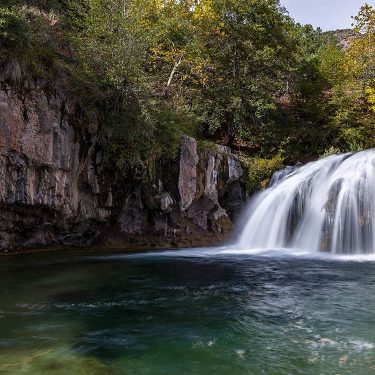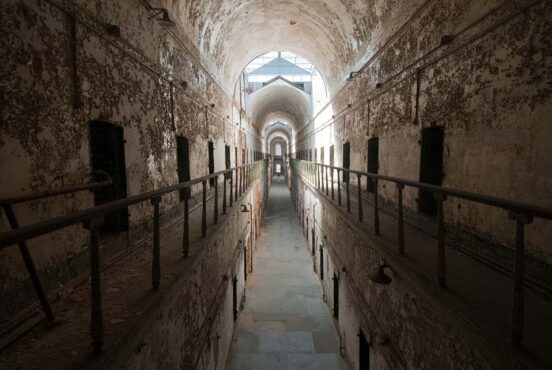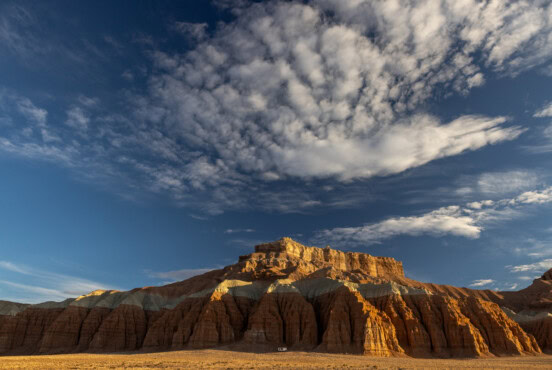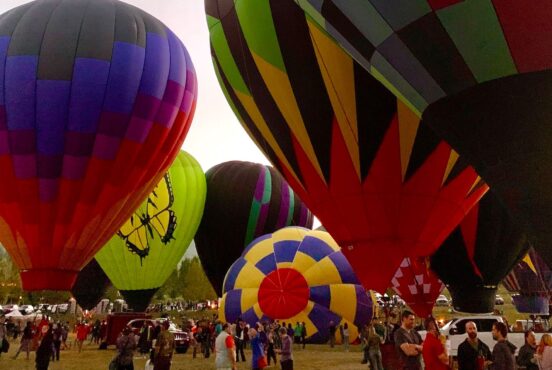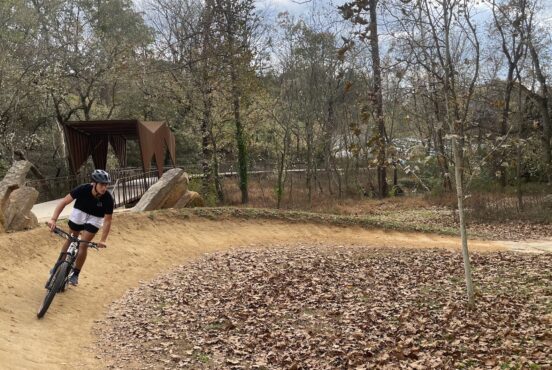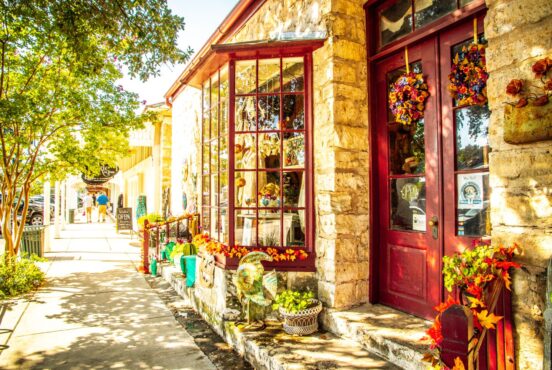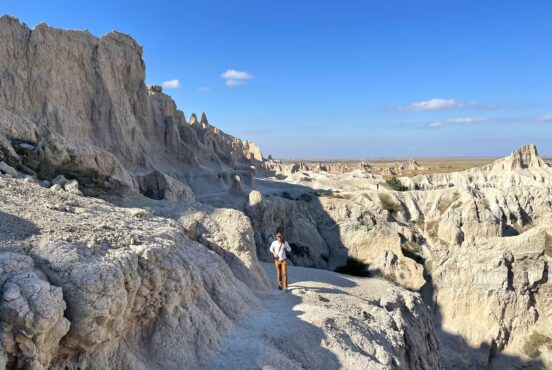It’s just before 7 a.m. when my alarm goes off. I rub my eyes as they adjust to the morning light and my brain takes a few moments to calculate where I am – Boundary Creek campground.
Just northwest of Stanley Idaho, it’s the put-in for one of the most highly sought-after whitewater runs in North America: the Middle Fork of the Salmon River. This untamed stretch tumbles through the heart of Idaho’s Frank Church-River of No Return Wilderness and is one of the few free-flowing rivers left in the country. For this reason, it can get pretty rowdy during peak spring run-off, and with the ever-growing popularity of whitewater pursuits, it can be hard to score a permit or to find a spot on somebody else’s. After years of trying, though, my time has finally come.
A few folks in our 13-person posse are already up and milling about, packing up their gear and heading toward the boat ramp. We arrived yesterday and spent the afternoon rigging rafts and lowering them some 50 feet down to the river via a massive wooden ramp—a feature unique to this put-in that also adds a bit of excitement when you jump in your boat and ride it into the water. Rafts, kayaks, and sweep boats were steadily loaded-in all afternoon. While walking down to the eddy this morning, I count about 35 rigs that are being primed for launch.
Each group needs to meet with the BLM ranger on duty before shoving off and we manage to secure the first audience with her. It’s a low-key chat and after confirming that we’ve done our homework on the rules and regulations, she gives us the green light to dip our oars in the water.
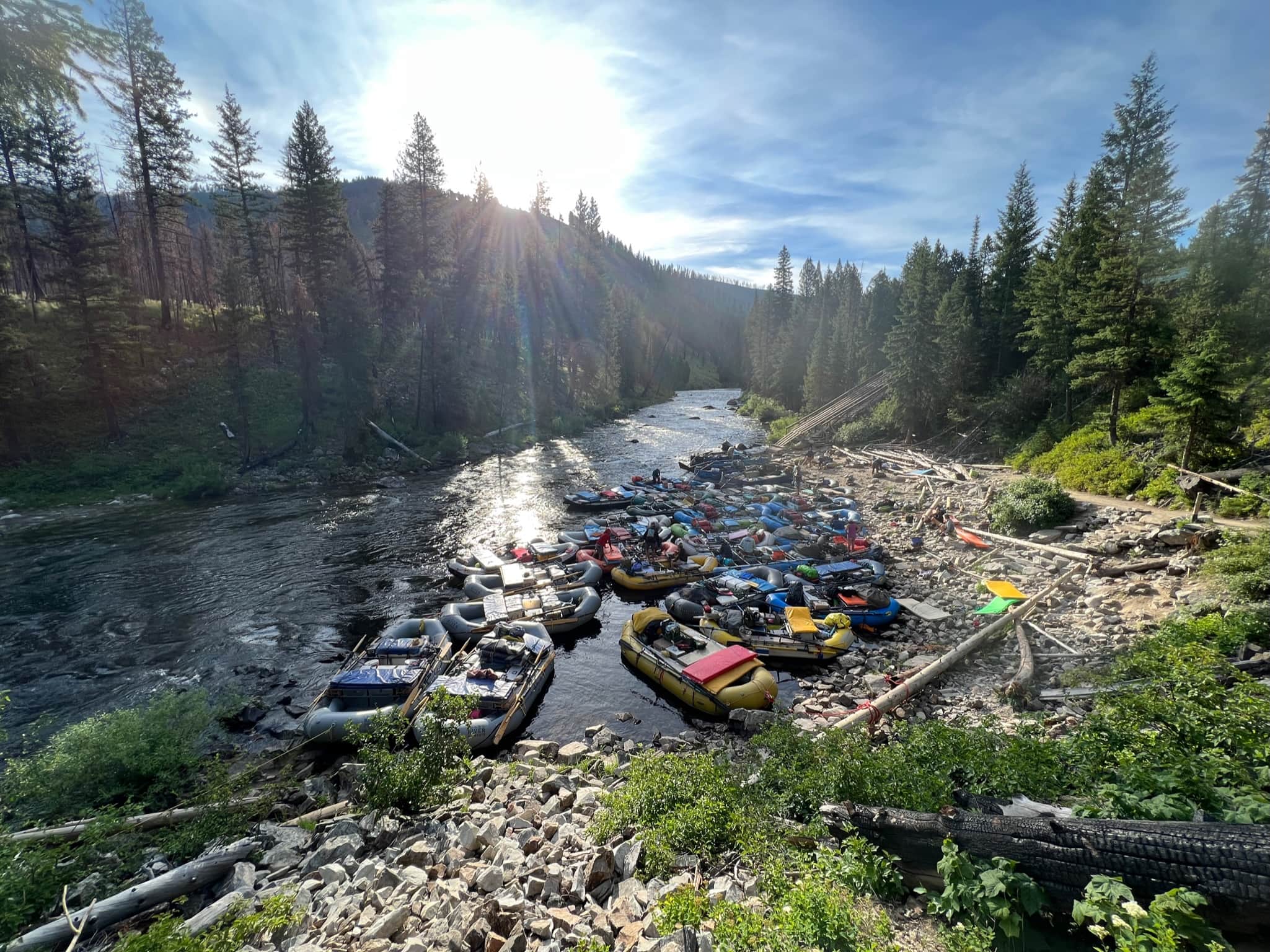
My raft is tied off in the back of the crew, furthest down river, meaning I’ll be first to launch. Just a few seconds after untying, and in full view of an eddy full of onlookers, I’ll come up on three tight channels. A group chat has concluded that the center chute is the one to hit. Getting it right involves a few strategic paddles as you leave the eddy and then a quick move from river left to river right as you enter the channel.
“Do not screw this up,” I tell myself, as I feel the gaze of about 100 sets of eyes trained on me from shore. Thankfully, I don’t screw it up. I flip my boat around and row hard into the center of the chute, just inches from rocks on either side. One by one, our 6 rafts and 2 kayaks join the current and we’re officially underway.
The put-in at Boundary Creek sits at an elevation of 5,652 feet. Up here, the air is crisp and fresh, even in the heart of summer, thanks to its high elevation. From here, our 7-day trip will take us 100 miles down-river as we drop more than 2,500 feet in elevation and pass through numerous different ecosystems, from lush lodgepole pine forests to sandy desert landscapes.
The water flows clearer than any river I’ve ever been on and looking beneath the surface, I spy massive, beautiful rock formations, some of which my raft is barely clearing. Compared to many others in the region, this is a highly technical stretch of river that requires constant maneuvering of your rig to ensure you don’t get stuck, pinned, or flipped. It’s late July and the water has dropped considerably from its annual high-mark so I’m more concerned with the former two.
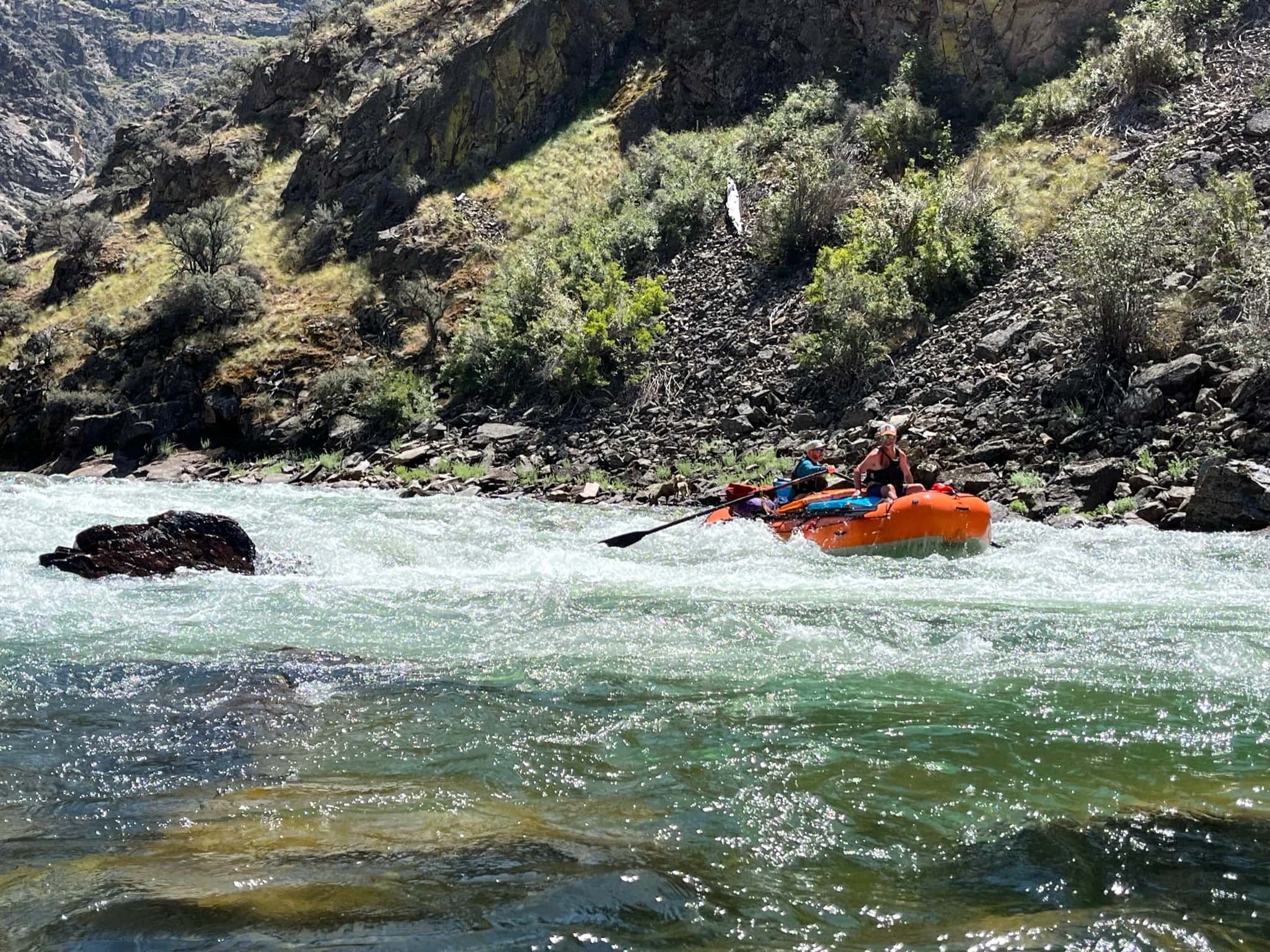
The first day brings a dozen miles of nonstop rowing through tight, rocky rapids, large waves and holes you do not want to find yourself in. We pull over to scout a few of the rapids but most are of the read-and-run by necessity There’s simply nowhere to pull over. Out here, things can go catastrophically wrong in an instant so map-reading and preparedness are key. Through one rapid, a comrade puts his oar in the wrong spot and, in an instant, it snaps in half, bending his oar tower in the process. Thankfully, we have spares and he’s able to swap the mangled pieces out while the group breaks for lunch.
We’ll later joke about a three-second rule. You have approximately three seconds at any point in the journey to look at the map or take a sip of your drink before you need to get back on the oars to ensure things don’t go awry. We float into our designated camp late that afternoon, happily exhausted from an exciting day and ready for a hearty meal. It won’t be long before the crew settles in to get some rest as each of the next six days will be a unique blend of rolling rapids, calm waters, side-hikes, waterfalls, beautiful scenery, surreal star-gazing and, above all else, a welcome reprieve from the hustle and bustle of daily life.
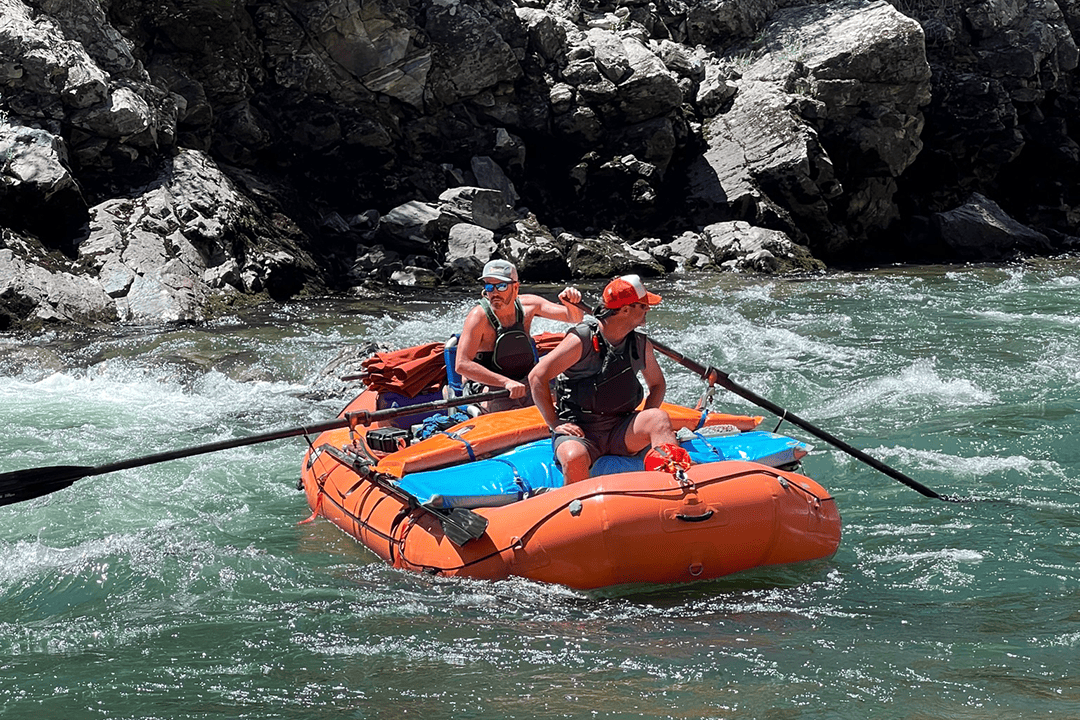
Plan Your Salmon River Trip
The Middle Fork of the Salmon is a challenging stretch that should not be attempted by a full group of novice boaters. Bottom line: Know before you go. However, beginners can accompany more experienced boaters and have a successful trip with the right preparation.
Get a Permit
Permits are awarded by lottery. Applications are accepted on Recreation.gov from December 1st through January 31st and results are emailed about two weeks later.
Study Multiple Guidebooks
Guidebooks and maps are invaluable resources that you can consult before, during, and after each day’s float. The guidebook by Rivermaps is an excellent choice, as well as Matt Leidecker’s version. These will not only familiarize you with the entire stretch but also give you tips for successfully navigating the major rapids at various water levels.
Fly Your Gear In
If your permit is later in the summer, you may want to consider flying in some of your drinking water and/or coolers. This allows you to get through the first 20 miles of technical and shallow water without being weighed down. Middle Fork Aviation offers this service at reasonable rates (we paid about $100/person). They’ll drop your gear off at the Indian Creek airstrip, 25 miles downriver from Boundary Creek. Be aware that your coolers may end up sitting in the sun for a while depending on drop-off/pickup times.
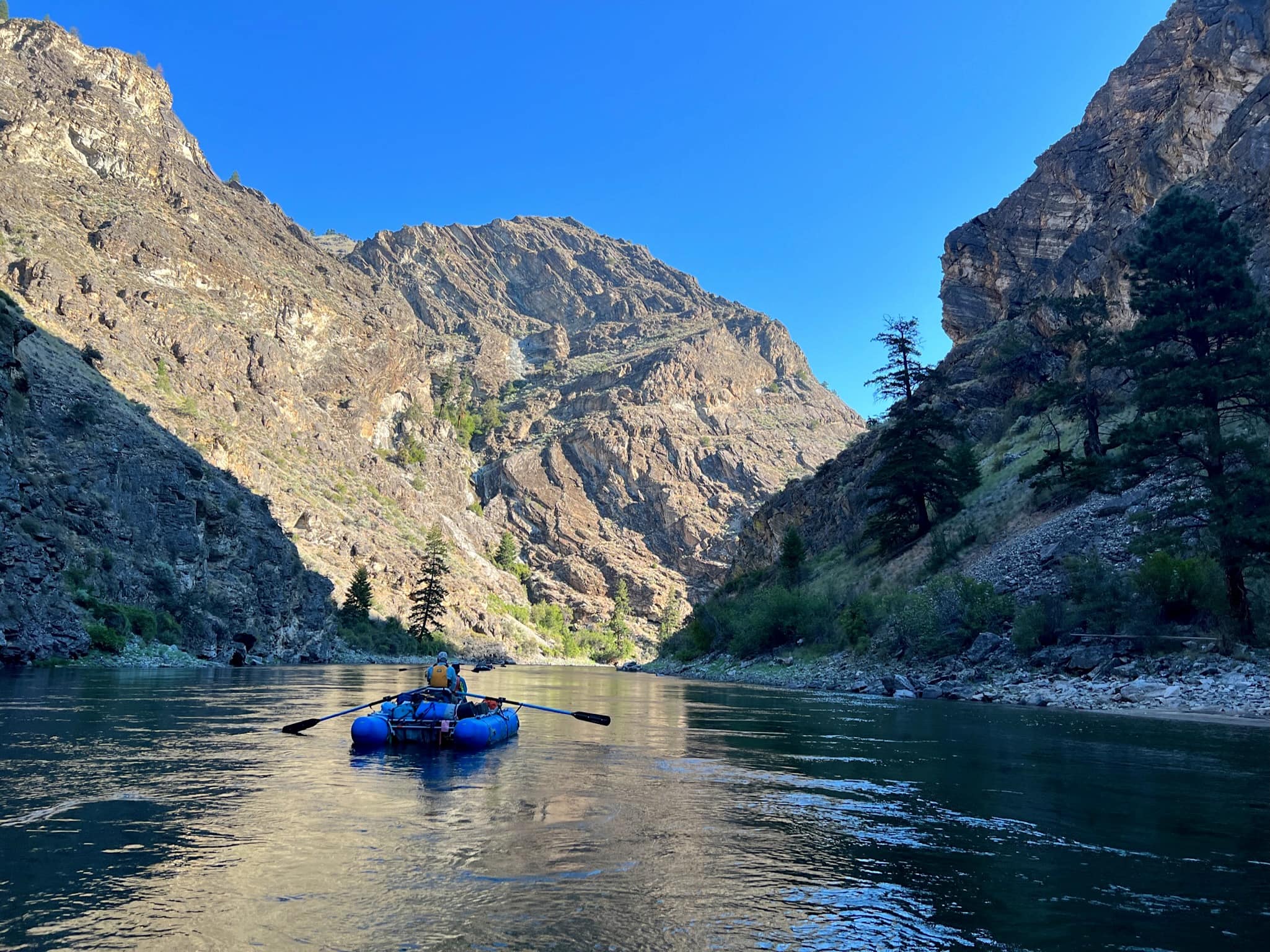
Show Up Early
An average of 49 boats launch from Boundary Creek every day during the summer which means the boat ramp and campground can be a bit of a zoo. Do yourself a favor and show up early the day prior to your launch so you can get rigged and get your boat into the water ahead of the crowd. It’s also a good idea to reserve a campsite(s) for your group ahead of time.
Plan Your Campsites
Late afternoon, the day before your launch, the ranger on duty will assemble trip leaders for all groups launching the next day and host a round robin to assign campsites for each night that you’re on the river. This means you’ll want to study the list of campsites and have your preferred ones picked out and ready to claim, along with, multiple back-up options.
While you may have a great daily camp plan in your mind, be prepared for it to go somewhat off the rails as other groups vie for the same spots. You may end up with one or two long-mileage days between camps but you’ll more-than-likely be psyched with whatever camp you get as most are pretty nice. You should also aim to spend one night at a hot springs camp.
Pack Light
You’ll be packing quite a bit of water and food to get you through a week-long trip so it pays to go minimal in other categories. I brought Grand Trunk’s Mantis chair, which packed down super small and was able to fit in the corner of my dry box, as well as this handy solar charger for keeping my phone juiced up for music and photos.
Explore More of the West
Sign up for the Weekend Wanderer and join thousands of readers getting epic travel and gear ideas every week.

